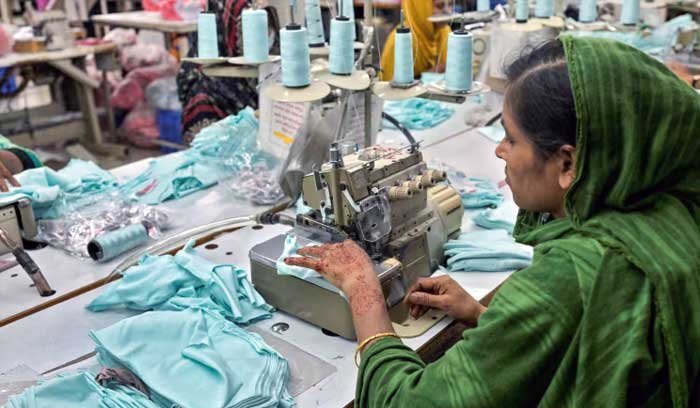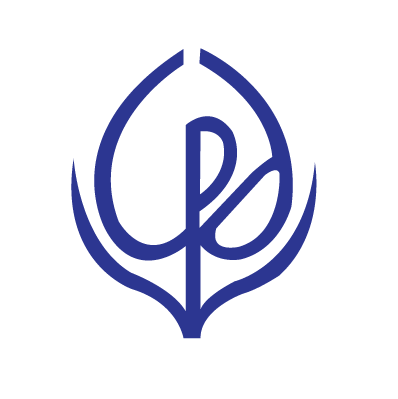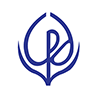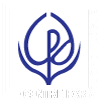Originally posted in Nikkei Asia on 21 July 2025
Bangladesh’s lack of leverage sees it brace for higher US tariffs
Limited trade leaves Dhaka with weak hand, risking competitiveness against Vietnam

DHAKA — Concerns are rising over Bangladesh’s lack of leverage in trade negotiations with the U.S., after U.S. President Donald Trump unveiled a higher-than-expected tariff for the country if no deal is struck before Aug. 1, with business leaders and analysts expecting the proposed 35% levy to have a severe impact on the country’s vital garment industry.
Compounding worries is the 20% rate secured by Vietnam, a key regional trade rival in ready-made garment (RMG) exports, which it reached by swiftly offering concessions. Dhaka now faces criticism for reacting slowly to secure a deal.
“It will be devastating,” Katrina Ell, director and head of Asia-Pacific economics at Moody’s Analytics, told Nikkei Asia, noting that around 20% of Bangladesh’s garment exports are shipped to the U.S., the country’s single biggest export market.
The RMG sector accounted for just under 8% of Bangladesh’s gross domestic product in the year through June. It is estimated to employ roughly 4 million people.
Ell said Moody’s expects Bangladesh’s GDP growth to reach 4% in 2025 and5.4% in 2026. But if Bangladesh’s exports to the U.S. face a 35% tariff – down slightly from the 37% announced in April, but still far higher than business had hoped — for a sustained period, this forecast will almost certainly not come to pass.
With little product diversification, smaller overall trade volume and fewer imports from the U.S., Bangladesh will enter talks with few cards to play. “[Dhaka’s] leverage is relatively limited given that Bangladeshi goods are relatively easily substituted by other competitors,” Ell said.
Fazlul Haque, managing director at Plummy Fashions, a company with significant exports to the U.S., said that with the new tariff, Bangladeshi garment makers would find it “almost impossible” to remain competitive with Vietnam.
Bangladesh already faced an average 15% duty before Trump’s initial tariff announcement in April, but it is not yet clear whether the existing duty will be added to the new 35% tariff unveiled Monday. That would push the total tariff to50%.
“Unless there’s a product that only we specialize in and Vietnam cannot produce, or if we develop a particular product, we will have to wait and see if buyers have any spare orders after choosing China and Vietnam,” Haque said.
Haque also expressed other concerns for Bangladeshi businesses, as India and Pakistan’s tariff rates have yet to be disclosed. “If they also get favorable rates, our nightmare will worsen,” he said.
Bangladesh’s lack of diversification does not mean the impact of tariffs will not be widely felt. Fahmida Khatun, executive director of the Centre for Policy Dialogue, noted that related sectors such as insurance, transport and infrastructure will also suffer, as will workers.
Besides continuing discussions with U.S. authorities, Khatun stressed the need for product and market diversification to avoid similar shocks in the future. “We haven’t explored markets for other products. For example, we are good at pharmaceuticals, leather products, light engineering, shipbuilding, fish and fish-related products, but we haven’t tapped into these markets,” she said.
But there is some hope in negotiations. Ell noted that U.S. consumers are sensitive to inflation spikes, and higher clothing prices will impact them quickly. That could provide Trump with an incentive to lower tariffs if production cannot be shifted swiftly.
In 2024, Bangladesh was the U.S.’s third-largest source of imported apparel by value, at just over 9%, behind Vietnam and China.
Shafquat Rabbee, a U.S.-based geopolitical commentator, said Bangladesh can still secure a deal “somewhere close to the 20% range” if it boosts imports from the US.
“Soybeans, cotton, LNG (liquefied natural gas), sugar — products Bangladesh already imports — can be rerouted through the U.S. with minimal added cost, along with a few other large-ticket items, helping Bangladesh reduce its trade surplus and gain favorable trade terms,” he said.
“With leverage or not, Bangladesh’s $10 billion to $11 billion trade with the U.S. definitely matters more to the U.S. than many other countries.”
In order to build on the strengths that Bangladesh does have, a change in negotiating strategy is required, business leaders and analysts say. For one, they need a more proactive approach that mirrors Vietnam’s. Khatun noted that Bangladesh missed early opportunities to put forward a concrete list of reciprocal tariff concessions.
Mahmud Hasan Khan, president of the Bangladesh Garment Manufacturers and Exporters Association, said business leaders had suggested the government hire lobbyists in Washington to help secure a deal, but officials did not listen.
“They thought they could pull it off alone. They didn’t share information with us,” he said. “Our government officials are still optimistic about a deal, but we are concerned.
“We are still in the dark about what’s happening and why we couldn’t reach an agreement.”
Masum Billah is a contributing writer.



